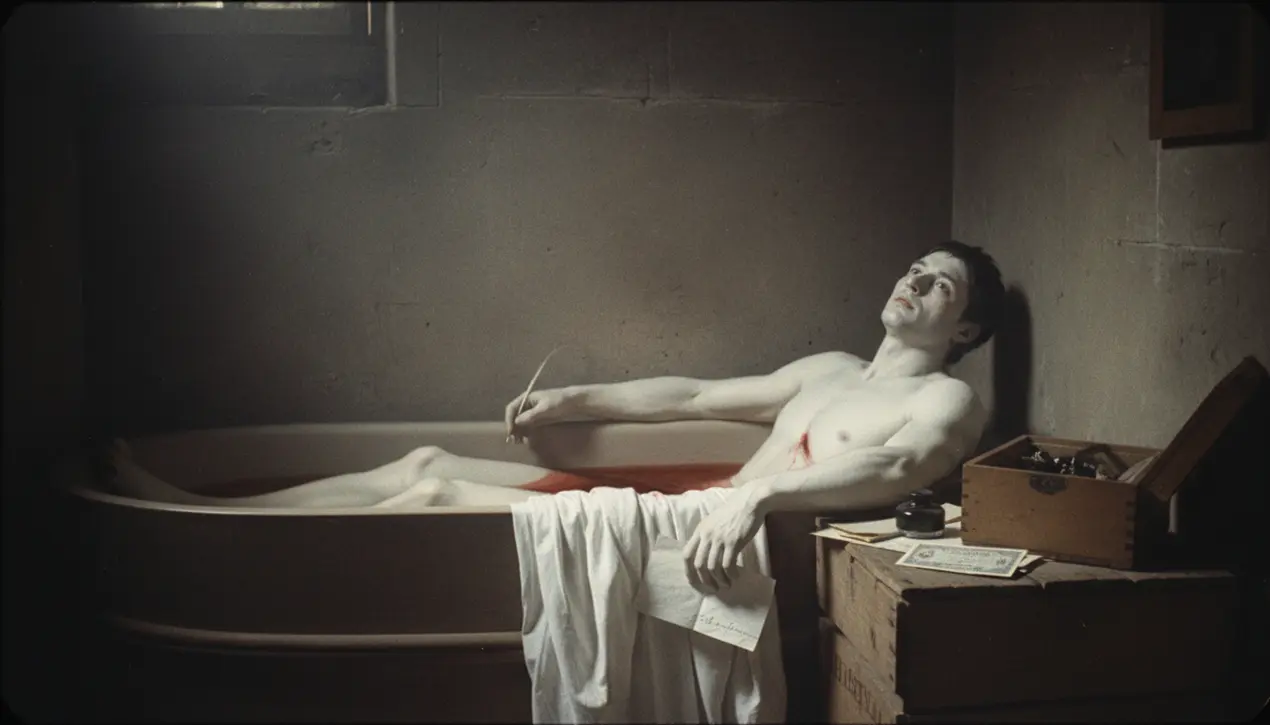
Entertainmenttheatre & artsArt Exhibitions
The Political Power of the Brush: How Jacques-Louis David Weaponized Art
AM
Amanda Lewis
2 hours ago7 min read1 comments
Jacques-Louis David was more than a painter; he was a revolutionary strategist whose canvas was a battlefield. He wielded his Neoclassical style not as a mere aesthetic choice, but as a deliberate political instrument, proving that visual language could be as transformative as any manifesto.His 1793 work, 'The Death of Marat,' stands as a pinnacle of this approach. David took the sordid assassination of journalist Jean-Paul Marat and reframed it as a sacred event.He purged the scene of its inherent violence, depicting Marat in his bathtub with a beatific expression, his body illuminated against a void of darkness. This was not a neutral depiction; it was a masterclass in propaganda, designed to canonize a revolutionary figure and implicitly condemn his assassin, Charlotte Corday.David’s power resided in his ability to fuse form and message—the austere lines, the body’s sculptural repose, and the overt references to religious martyrdom all conspired to create a compelling, state-sanctioned narrative. He was the archetypal political image-maker, a precursor to modern public relations, engineering an iconography of sacrifice and power for mass consumption.Even before the revolution, his 'The Oath of the Horatii' served as a visual clarion call, its stark division between the stoic, oath-swearing men and the emotionally distraught women championing civic virtue over personal feeling. His later, seamless transition to becoming Napoleon’s court painter revealed a formidable pragmatism; the very techniques used to glorify the Republic were repurposed to construct the imperial legend, evident in the orchestrated spectacle of 'The Coronation of Napoleon.' For David, style was inherently political. In an age that often views art history as a passive record, David was an active combatant, relentlessly pursuing a mode of representation that didn't just reflect the world, but sought to dominate and redefine it, demonstrating that the most persuasive politics are often those rendered in pigment and hung in a gallery.
#Jacques-Louis David
#French Revolution
#Neoclassical art
#political art
#art history
#featured
Stay Informed. Act Smarter.
Get weekly highlights, major headlines, and expert insights — then put your knowledge to work in our live prediction markets.
Comments
Loading comments...
© 2025 Outpoll Service LTD. All rights reserved.